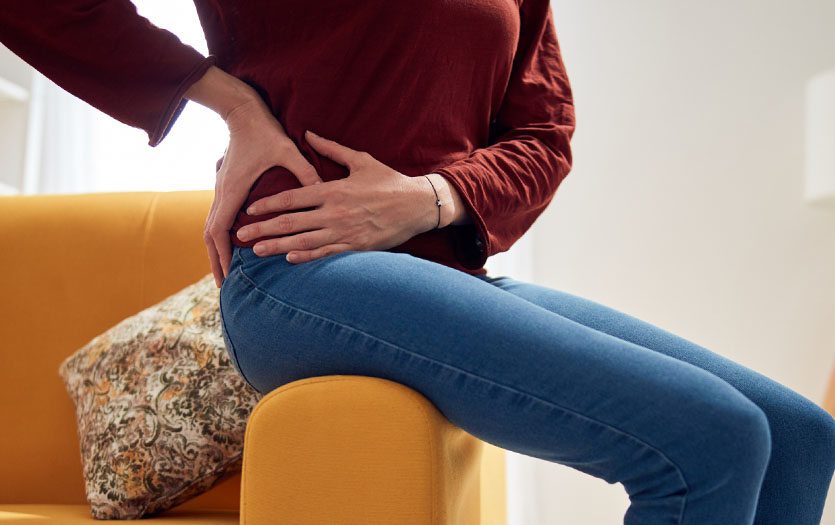
This post was written by Ashley Bojrab, DPM, PPG - Podiatry
Children are often affected by the same foot and ankle conditions as adults. As they are growing, so much changes in a pediatric patient that sometimes their feet are often overlooked and the last to get attention. If you’re not sure whether your child has any foot issues, here are some symptoms and common conditions that you may need to watch for.
Signs of foot and ankle issues
If a child is unwilling to participate or unable to keep up with their playmates during activities, it could be a sign that they’re experiencing foot or ankle pain. In addition, muscle or leg fatigue can occur if a child must work harder than they normally should because of a foot or ankle issue. Also, children can sometimes be shy if an issue arises in fear of possible pain. The best practice is to be observant of a child’s feet and ankles daily. Monitor any changes in their skin such as calluses, growths, discoloration, swelling or even toenail issues.
Flat feet in pediatrics
This is a very common problem in children. Typically, when a child has a flat foot, there is little to no arch on the bottom (sole) of the foot when standing. Babies and toddlers are known to have a flat foot because their arches have not fully developed yet. Conservative treatment for flat feet is typically attempted first, but if severe enough a surgical intervention may be needed by a foot and ankle specialist.
Sever’s Disease
Another common condition that can occur in children is called Sever’s disease or calcaneal apophysitis. This is a type of bone injury that arises when there is a growth plate disturbance in the lower back portion of the heel. The Achilles tendon attaches to this location and if it becomes inflamed, it can cause pain. It is important to see your foot and ankle doctor if the pain is continuous.
For a lifetime of foot health and to support your child as they grow, we recommend keeping an eye out for any change in physical activity level or your child's desire to play outside and, as always, consult a foot and ankle specialist if you have any questions.



